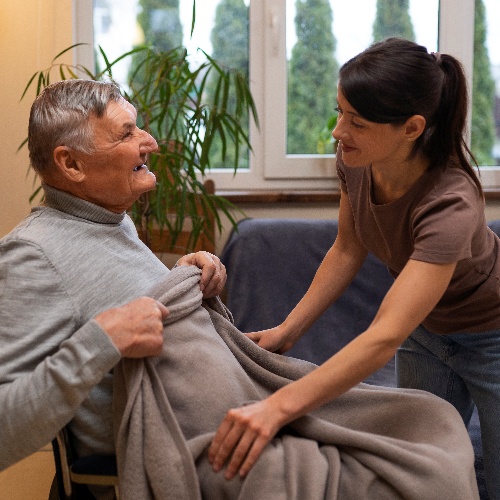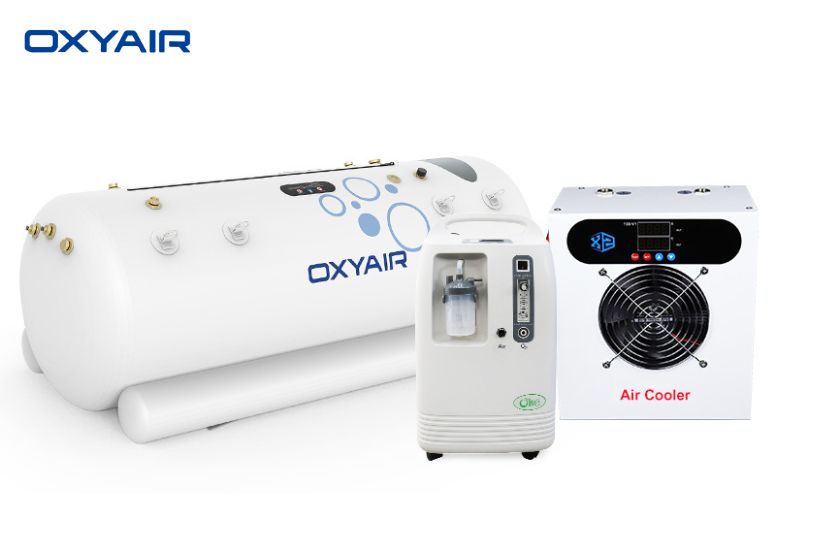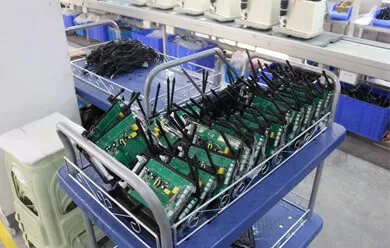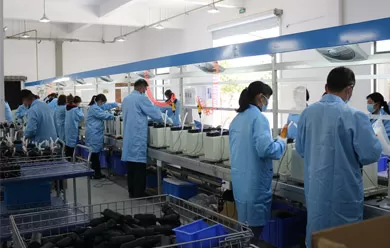+86 166 9620 9725 Mobile Phone
+8616696209725 Whatsapp
+86 182 3690 7910 Wechat
admin@zzolive.com E-mail
+86 166 9620 9725 Mobile Phone
+8616696209725 Whatsapp
+86 182 3690 7910 Wechat
admin@zzolive.com E-mail
America
Keywords: hyperbaric oxygen therapy for stroke, HBOT stroke recovery, global case, Oxyair hyperbaric chamber, stroke rehabilitation
Stroke remains one of the leading causes of death and long-term disability worldwide. According to the World Health Organization, approximately 15 million people suffer a stroke each year, with more than one-third experiencing permanent neurological impairment. While traditional treatments such as thrombolytic therapy, surgery, and rehabilitation remain essential, Hyperbaric Oxygen Therapy (HBOT) is gaining global attention as a promising adjunctive therapy in stroke recovery.
Hyperbaric oxygen therapy involves breathing 100% oxygen in a pressurized chamber, typically at 1.5 to 2.5 atmospheres absolute (ATA). This significantly increases the amount of oxygen dissolved in the blood plasma, allowing oxygen to reach damaged or ischemic brain tissues that are not adequately perfused under normal conditions.
For stroke survivors, HBOT offers a non-invasive, scientifically supported approach to boost the body's natural healing processes, enhance brain function, and improve overall quality of life during recovery.

In Western countries, HBOT is increasingly used in the subacute and chronic stages of stroke recovery. Clinical studies and rehabilitation programs have reported that stroke patients undergoing HBOT show improvements in motor skills, cognitive function, speech abilities, and emotional stability. Brain imaging often reveals increased activity in previously damaged areas after multiple sessions of HBOT.
Countries like China, Japan, and South Korea have incorporated HBOT into their broader rehabilitation strategies. In many hospitals, HBOT is offered alongside physical therapy, acupuncture, and neuromuscular reeducation to create a comprehensive recovery plan. The non-invasive nature of HBOT makes it particularly suitable for elderly patients and those with comorbidities.
Governments and health organizations in multiple countries are supporting HBOT research and establishing medical standards for its use. While not yet part of every national stroke treatment guideline, HBOT is moving toward wider acceptance in both public and private healthcare sectors.
Neuroprotection and Regeneration: Increases oxygen supply to damaged neurons and promotes neuroplasticity
Improved Motor Function: Supports muscle coordination and strength recovery
Enhanced Speech and Cognitive Recovery: Stimulates brain regions responsible for communication and memory
Mood and Emotional Stability: Reduces anxiety, depression, and post-stroke fatigue
Non-invasive and Safe: Suitable for long-term use with minimal side effects
As HBOT becomes a key part of global stroke recovery strategies, choosing a safe, certified, and user-friendly hyperbaric chamber is essential. Oxyair offers medical-grade hyperbaric solutions that meet the highest international standards.
Oxyair HBOT systems offer:
Multiple chamber sizes (single and multi-person) for hospitals, clinics, and rehabilitation centers
Precise pressure control and stable oxygen delivery
Advanced safety features and a user-friendly interface
International certifications, including CE, ISO, and FDA
Optional smart remote controls and integrated patient monitoring
Hyperbaric oxygen therapy is not yet a universally standard stroke treatment, but its growing presence in clinical practice and international studies suggests it holds great potential. For stroke patients who have reached a plateau in traditional rehabilitation, HBOT offers a new direction—one grounded in science, safety, and real-world results.
For healthcare professionals, rehabilitation centers, and wellness clinics, introducing HBOT is more than an innovation—it’s an opportunity to enhance care outcomes and support patients on their journey to neurological recovery.

Our Achievements
industry Certifications
100+
Total Sale Volume in World
Over 5000 Set
Software Copyright
40
Olive Bus Travel to Europe
In addition to ensuring quality and quantity in production, we also do our best to gain time for customers in logistics. Because Ukrainian orders are characterized by a large number of single orders, every time an order is just scheduled for production, it is necessary to make an appointment for a special truck, and then confirm and make a reservation for flights, ensure that the cargo is inspected and shipped to the major airports in time. Among them, Beijing, Shanghai, Hong Kong, and Urumqi are the most frequent airports for Ukrainian cargo.

Genuine spare parts

Service Station

Training and repair services
